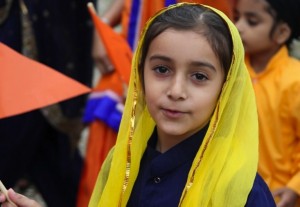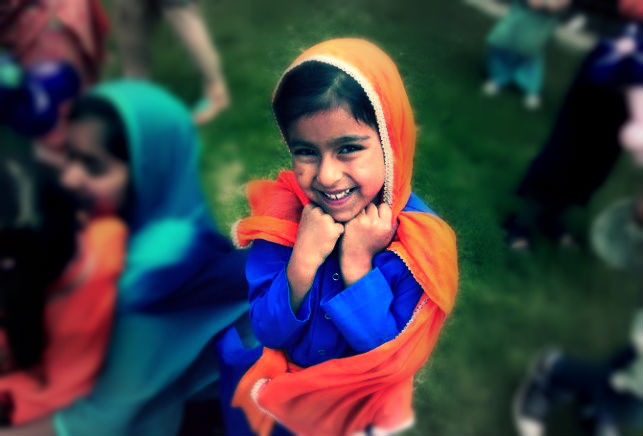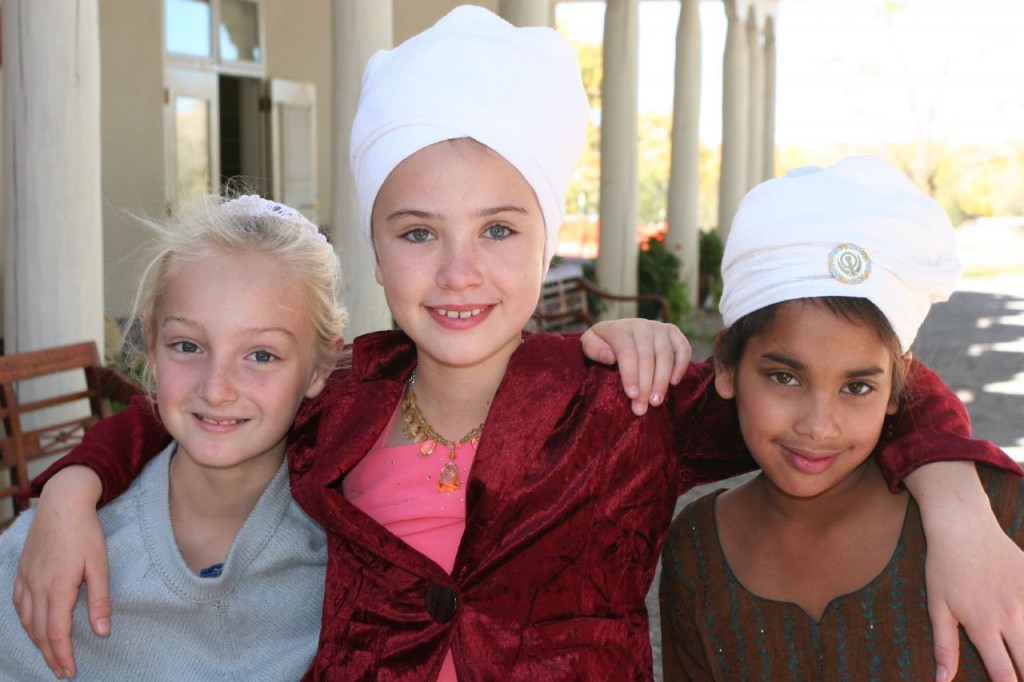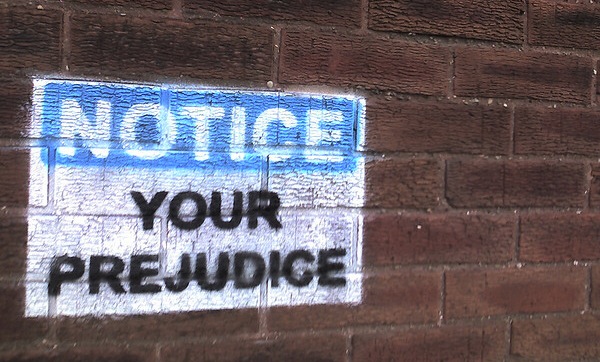by Lakhpreet Kaur
At gurdwara or a kirtan, I’m often times at a loss as to what to say to the young girls there; the 5 to 7 year old Kaurs. To break the ice, I often remark something like, “I like your suit!” or “You look pretty today!” I have overheard aunties say things like, “You look like a little princess!” to little three year old girls, so I followed suit.
I didn’t think anything of my comments until I read Lisa Bloom’s Huffington Post article, “How to Talk to Little Girls,” and I immediately felt terrible about my go-to ice breaker about the grils’ looks. I always thought I was making little girls feel nice and encouraging them to talk to me, but according to Bloom, I might have been doing more harm than good.
With my comment of “You looks so pretty today,” I was teaching these girls that their appearance is the first thing people notice. I was telling them that their looks are more important than anything else.
Bloom went on to explain how about 50% of 3 to 6 year olds are worried about being fat and 15% of girls under 12 years old wear makeup regularly! Eating disorders are up and self-esteem is down. “As our cultural imperative for girls to be hot 24/7 has become the new normal, American women have become increasingly unhappy. What’s missing? A life of meaning, a life of ideas and reading books and being valued for our thoughts and accomplishments,” says Bloom.
One parent explained how he feels that focusing on looks has the immediate impact of shutting his daughter down, “People often say, ‘OMG, you’re so cute!’ to my daughter all the time and it bugs the shit out of me. (I mean, I get it, she’s cute. But come on.) It also completely shuts her down because she suddenly feels so self-conscious about herself and her appearance…which has led to her to be more cautious about new people and wary of cameras, the ultimate unblinking eye of cuteness collection. And this is a very chatty, social, and engaging kid we’re talking about here, but the “you’re so cute” conversation opener twists her up into a pretzel of self-consciousness that’s so unlike her usual self.”
So, with Bloom’s suggestions I started to change the way I talk to little Kaurs.
This is what I’ve been trying out:
1. Introduce myself.
2. Ask her name.
3. Ask about school, books, sports, art, music, Sikh history, gurdwara, kirtan…
4. Then relate to her answer, “I LOVE soccer too!” or “I used to read Magic Tree House books too!” or “What’s your favorite shabad to sing?”
5. Try to keep the conversation away from clothes, hair, or bodies.
 As Bloom wrote, you can be “…one tiny bit of opposition to a culture that sends all the wrong messages to our girls. One tiny nudge towards valuing female brains. One brief moment of intentional role modeling.”
As Bloom wrote, you can be “…one tiny bit of opposition to a culture that sends all the wrong messages to our girls. One tiny nudge towards valuing female brains. One brief moment of intentional role modeling.”
A father of a one year old daughter said, “I want my little girl to grow up to be comfortable with her body, regardless of the shape it takes over time. I want her to realize that her looks and “prettiness” do not define her as a person, and that being concerned with her character, intelligence, wisdom, relationships, and faith…will result in far greater dividends than focusing primarily on her looks.”
If I was to meet Bibi Nanaki or Mai Bhago, I don’t think I would say, “OMG I love your embroidered duputta! Where did you get it?” I would ask deeper questions and try to connect on a non-superficial level.
Our Kaurs of the past had much more to offer than their looks, so let’s make sure our Kaurs of the future do too.






